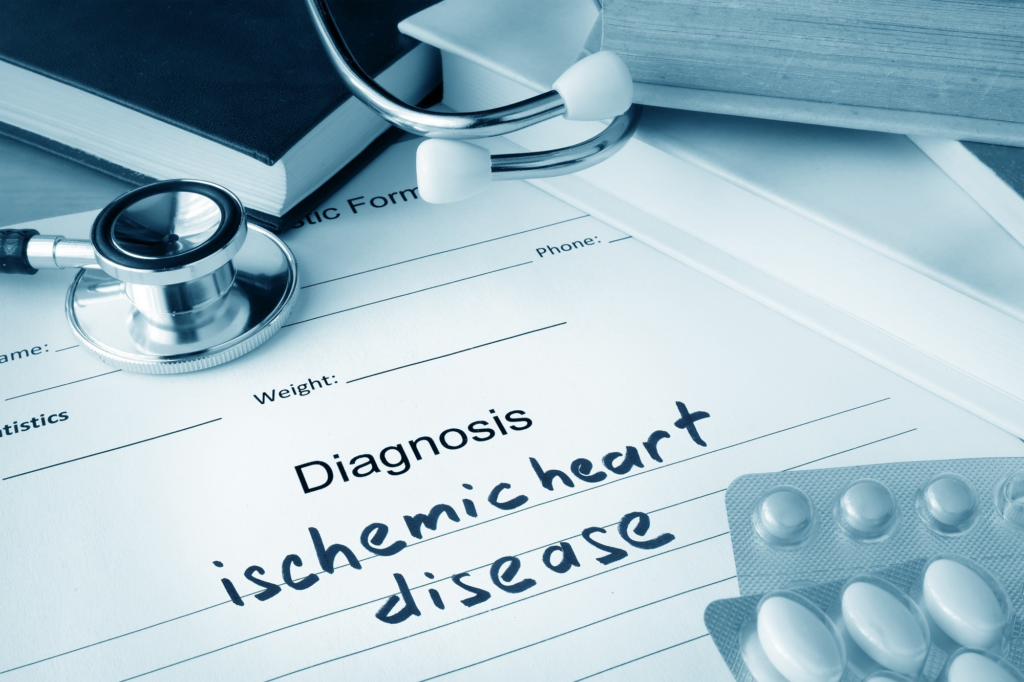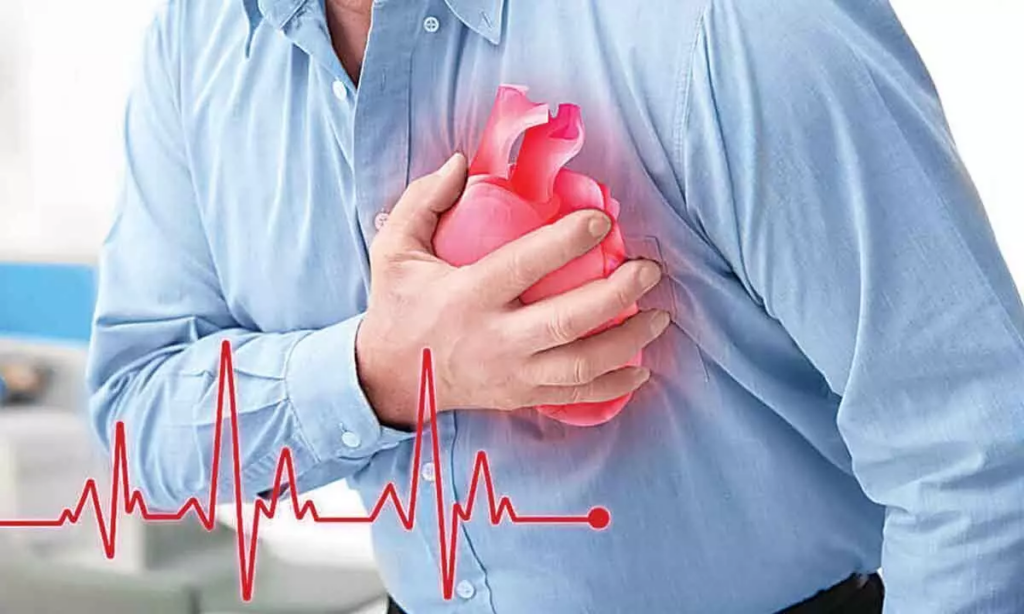Recognizing and Preventing Ischemic Heart Disease
Ischemic heart disease, also known as coronary artery disease (CAD), is a condition that affects the blood flow to the heart. It is the leading cause of death globally, responsible for an estimated 17.9 million deaths in 2019.
The most common cause of this heart disease is atherosclerosis, a buildup of plaque in the arteries that supply blood to the heart. This plaque can narrow the arteries, reducing blood flow to the heart muscle. Other factors that can contribute to ischemic heart disease include:
- High blood pressure
- High cholesterol
- Smoking
- Diabetes
- Obesity
- Physical inactivity
- Family history of heart disease

The most common symptom of ischemic heart disease is angina pectoris, a type of chest pain that occurs when the heart muscle does not receive enough blood. Angina pectoris can feel like a tightness, pressure, or burning sensation in the chest, jaw, neck, or back. Other symptoms of thi disease can include:
- Shortness of breath
- Fatigue
- Dizziness
- Palpitations (feeling like your heart is racing or skipping beats)
- Swelling in the feet or ankles
Treatment for this heart disease depends on the severity of the condition and the individual's symptoms. Eating a healthy diet, exercising regularly, and quitting smoking can all help reduce the risk of complications from ischemic heart disease. Several medications can help control blood pressure, cholesterol, and other risk factors for this heart disease.
In some cases, procedures such as angioplasty or stenting may be necessary to open up blocked arteries.
In severe cases, bypass surgery may be necessary to reroute blood flow around blocked arteries.

There are several things you can do to prevent this disease, including:
- Eating a healthy diet that is low in saturated fat, cholesterol, and trans fat and high in fruits, vegetables, and whole grains.
- Exercising regularly for at least 30 minutes most days of the week.
- Maintaining a healthy weight.
- Quitting smoking.
- Managing stress.
- Get regular checkups with your doctor.

